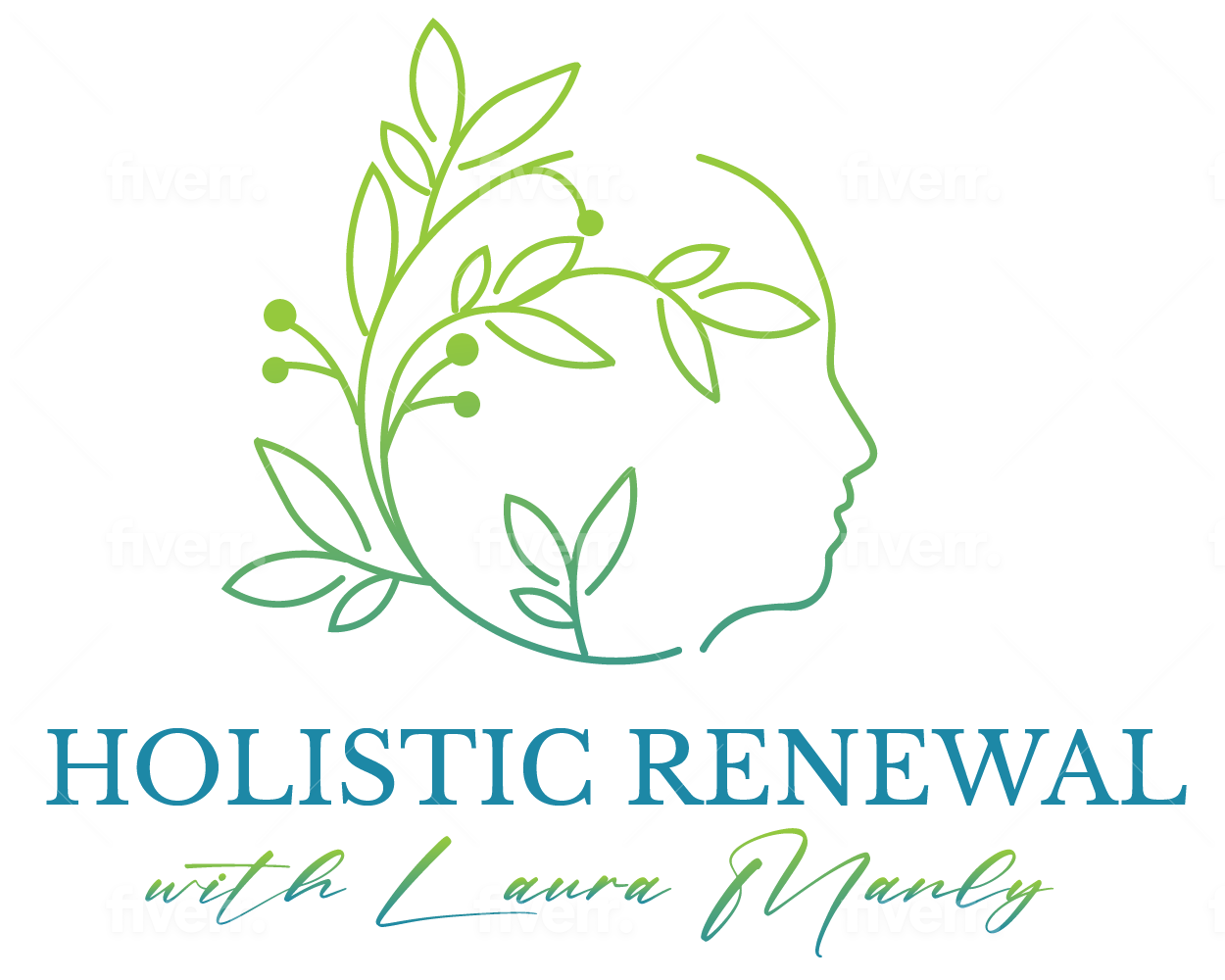There is a saying that adversity shapes a person’s character, and it is indeed true that too easy a life can be a serious handicap in that it can prevent a person from truly exploring his or her inner self and focusing on what is really important in life.
Adversity is an inescapable aspect of life, but it varies in severity. Some people go through life facing few life-altering instances of adversity, or they may be lucky enough to have the resources and support necessary to easily overcome adverse situations. Others, however, can go through life facing an endless stream of unwarranted difficulties or horrible experiences, such as betrayal by people closest to them, tragic bereavement, a debilitating illness, or a major injustice that causes an individual much hurt or loss. They may become handicapped or badly scarred by an accident which leaves them requiring care or assistance. All of these severe instances of adversity can ‘break’ an individual and have a devastating effect on them. They can make people become deeply distrustful of others, or vindictive and bitter. They can make people want to lash out, or even to withdraw from society. These are all natural human reactions to serious extraneous situations, and they can cause serious psychological and health issues.
However, the process of recovering from such a breakage varies profoundly from one individual to the next. Some can succumb to the temptations or negative responses mentioned above and descend into a vicious cycle of negative responses causing more issues, which in turn create more negative responses, and so on. But others see adversity as the opportunity to radically alter their outlook on life and to change the quality of their interaction with other people and the environment around them. Rather than wallow in self-pity or allow anger and bitterness to consume them from within, they can become stronger and gain a new respect for themselves for having survived a horrific situation. Many use a major adversity to radically change the focus of their lives, such as ending bad habits and adopting good ones, giving up dead-end jobs and starting something they’ve always wanted to do, terminating relationships that were detrimental and embarking on new ones, or simply moving away and starting life anew.
In Japan, there is an art form called kintsukuroi which is the repairing of broken pottery with gold lacquer and understanding that the piece is more beautiful for having been broken. The same is true with humans. People who have been ‘broken’ by extremely difficult experiences can be more beautiful and have a more beautiful aura about them for having not just survived but also improved themselves due to the adversity. It also teaches us about the need to accept fragility, build strength and resilience, and take pride in the imperfect. An awareness and appreciation of our flaws and struggles and how they can make us more compassionate and empathetic can lead to personal growth and transformation, with our scars seen as symbols of our strength and survival. In relationships, conflict and hardship can sometimes strengthen our connection with others, and imperfection and adversity can have a kind of beauty and value that is often overlooked or dismissed. By embracing the imperfect and the broken, we can find new perspectives and opportunities for growth and creativity. This world view is reflected in another Japanese tradition – that of wabi-sabi, which centres on acceptance of transience and imperfection.
Many times, in life, I have come across individuals who exude a depth of character and wisdom that can be directly attributed to their experience of major life-altering difficulties or years of adversity. These individuals are classic examples of people who have learnt from adversity and become better because of it – better in terms of their understanding of life, their ability to deal calmly with crises, and their perception of the nature of reality.
Many of these lessons are the essence of stoicism, a philosophy of life that goes back to Ancient Greece. They can also be found in faith and spirituality, but there often is a need for direct intervention as well, which is why a growing number of people are turning to hypnotherapy as a way of dealing with traumatic or adverse events. Through an exploration of the subconscious and an unravelling of the negative thought processes that often accompany traumatic experiences, hypnotherapy can help people overcome their negative responses to life adversities and build from them, thus allowing them to become better―and more beautiful―versions of themselves.
For me personally, seeing the beauty in broken has been a powerful mindset shift that has allowed me to appreciate the imperfect and find meaning in adversity. Some of the ways I was able to cultivate this perspective was by looking beyond the surface, recognising that perfection is unrealistic, and imperfection is a natural and necessary part of life, being grateful and focusing on the positive aspects of life, seeking out new experiences to broaden my understanding of what is beautiful and meaningful and seeing adversity as an opportunity to learn and grow. With practice, this mindset has become a powerful tool for personal growth and transformation, and it can be so for everyone.










